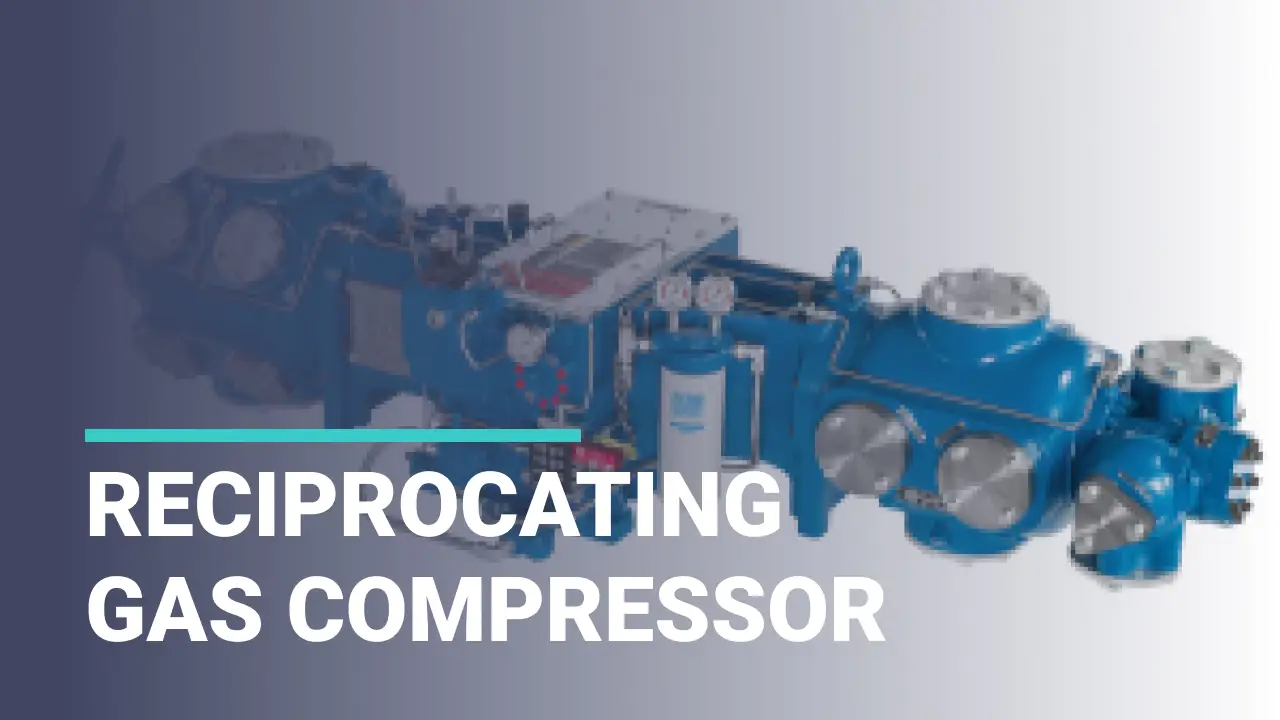Reciprocating Gas Compressor

About Course
“Reciprocating Gas Compressor 101” is an introductory guide designed to provide a foundational understanding of reciprocating gas compressors, a vital component in various industrial processes. This guide explores the basic principles, design, and operation of reciprocating compressors, which use pistons driven by a crankshaft to compress and transport gas.
Key topics covered in “Reciprocating Gas Compressor 101” include:
- Principles of Operation: Understanding how reciprocating motion is converted into compressed gas, along with the thermodynamics involved in the compression process.
- Components and Design: A detailed look at the main components such as pistons, cylinders, valves, and crankshafts, and how they work together. The guide also covers design variations for different industrial applications.
- Applications: An overview of the industries where reciprocating gas compressors are commonly used, such as oil and gas, refrigeration, and chemical processing.
- Maintenance and Troubleshooting: Essential tips and best practices for maintaining reciprocating compressors, including regular inspection schedules, common issues, and troubleshooting techniques.
- Safety and Efficiency: Guidelines on operating compressors safely and efficiently, highlighting the importance of adhering to industry standards and environmental regulations.
- Innovations and Future Trends: Insight into the latest technological advancements in reciprocating compressor design and what the future holds for this equipment.
“Reciprocating Gas Compressor 101” is an invaluable resource for anyone new to the field or looking to deepen their understanding of these critical machines. It serves as a stepping stone for further study and specialization in the field of gas compression technology.
Course Content
Reciprocating Gas Compressor 101
-
Reciprocating Gas Compressor 101
00:00
Student Ratings & Reviews

No Review Yet

